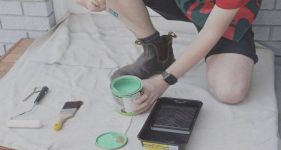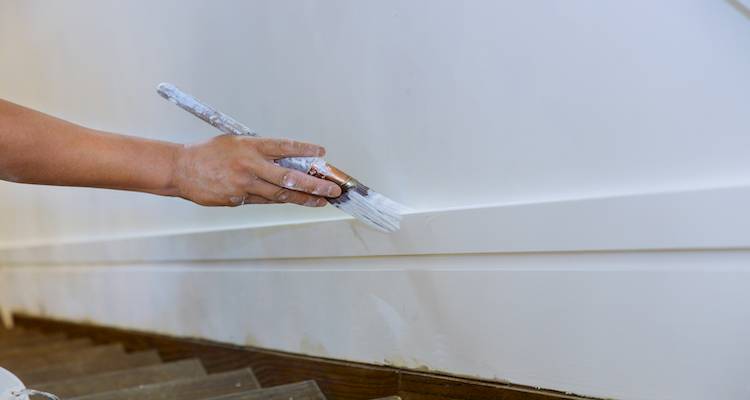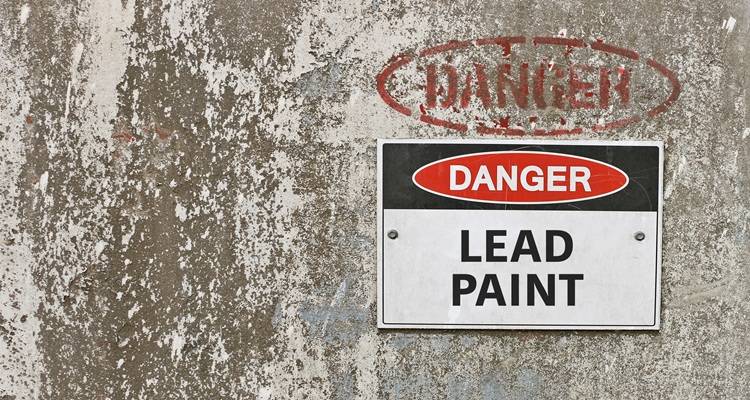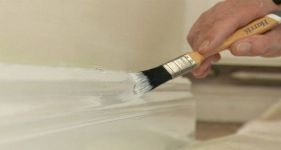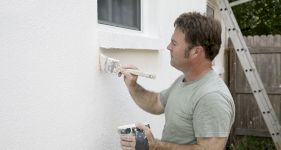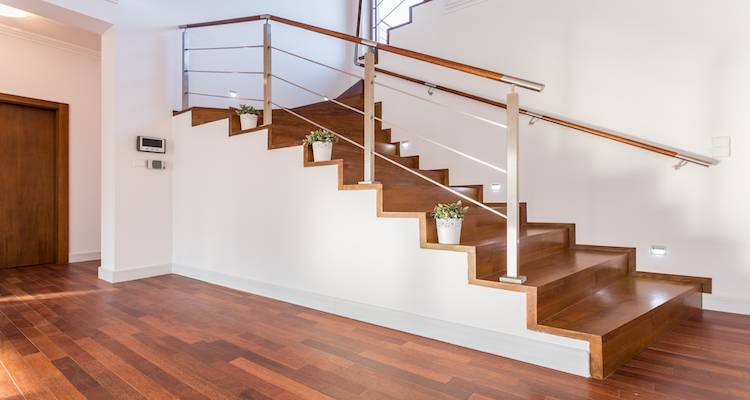House Painting Guide
Let's be honest, painting your home, inside or out, is a pretty tedious and taxing task. It's not too difficult, but it's certainly tiring, and you can always see the difference between a professionally completed paint job and a DIY effort.
Not only that but there is a common misconception that hiring a decorator to paint your home will cost a lot of money. In actual fact, the cost of house painting isn't as high as many people think. It is also significantly quicker than doing it yourself.
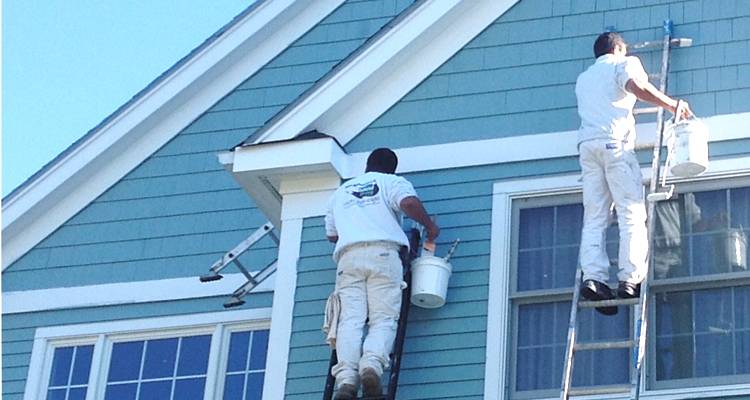
A lot more goes into painting walls than meets the eye, and usually, the quality of the preparation of the walls and ceilings dictates the overall quality of the paint job.
The main reason people hire a professional painter and decorator is to save time and take the burden away from themselves. They also end up with a much higher quality result than they would have gained themselves.
Throughout this guide, we're going to explore the ins and outs of house painting, the costs and timescales, along with the pros and cons of hiring a professional to carry out the work for you.
Table of Contents
- What is House Painting?
- Types of House Paint
- What Are the Benefits of Painting a House?
- How Much Does House Painting Cost?
- How to Paint a House
- How Long Does It Take to Paint a House?
- Building Regulations & Planning Permission for House Painting
- Checklist: What to Ask When Hiring a House Painter
- FAQs
What is House Painting?
House painting can be split into two categories – interior house painting and exterior house painting. The two are split due to the great differences in the process and the difference in materials and paint required to complete the jobs.
For interior house painting, you'll probably need to hire a professional painter and decorator to prepare your walls before carrying out any painting work. Usually, this is in the form of replastering or resurfacing the walls or ceiling to ensure that there aren't any blemishes or damage to the wall for when the paint is applied.
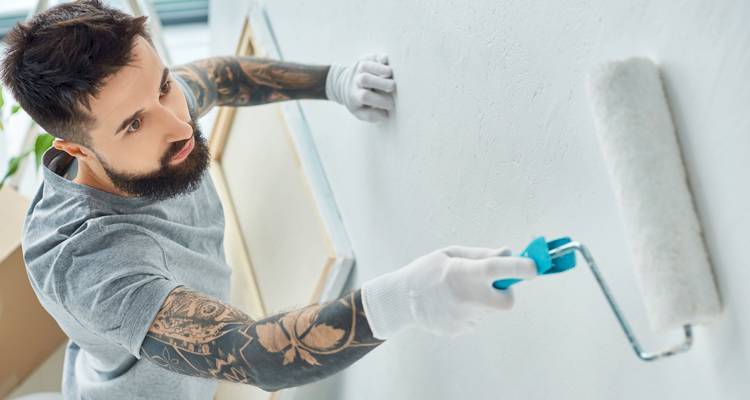
If the interior walls are generally in good condition, you can use a filler to cover over any smaller cracks or chips in the wall to smooth the surface out, ready for the painting.
Painting the exterior of the house is a little different, mainly due to the issues with working at height and working with weatherproof exterior paint. You also have windows to contend with, as well as the weather! In the next section, we're going to explore the different types of house paint for both interior and exterior paints and materials.
Types of House Paint
Masonry & Brick Paint
This type of paint can be used on most types of brick, stucco or other similar outdoor surfaces. The main benefit of this type of paint is the lack of dripping due to the thick viscosity of the paint, allowing it to cling onto the brickwork better.
The thickness of the paint gives some extra weather protection too, and while this may not make a huge difference to your home, it's better than nothing!
Wood Stain
If you have internal or external timber window frames, the wood stain will be used to colour and protect the frames. The protection is most important on exterior frames as this will help to prevent the windows from decaying after being exposed to the elements.
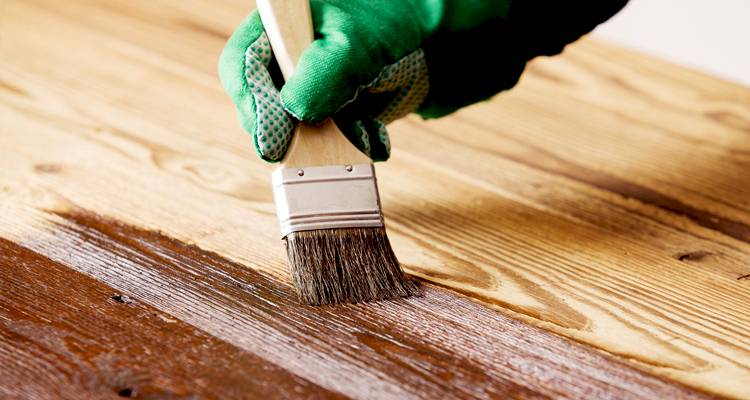
Emulsion
Emulsion is the most common paint used when painting in the home. It's available in many different colours and shades, as well as various finishes from matte, to silk, or eggshell.
Emulsion is pretty easy to work with, and as it's water-based paint, it can be cleaned easily from clothes and surfaces if necessary. The colour and shade range is extensive, and you can even have bespoke colours made inside any reputable DIY store, so the options are truly endless.
Gloss
Gloss is used on wooden surfaces like skirting boards and bannisters to give them a bright, glossy and polished look. Many people will redecorate their homes and ignore the skirting boards, but this is a huge mistake as fresh skirting boards make all the difference to the clean look of a freshly decorated room.
What Are the Benefits of Painting a House?
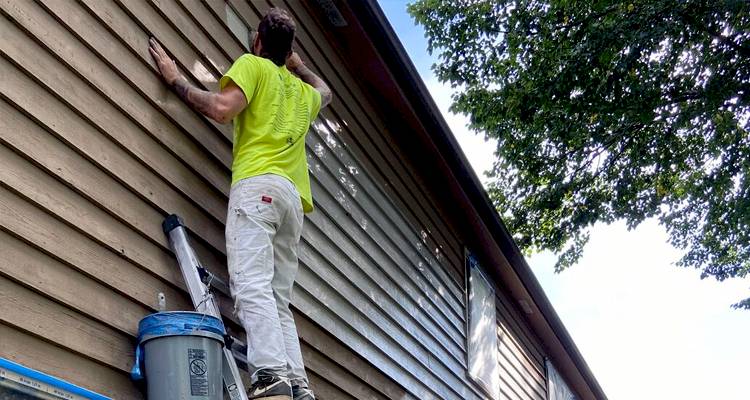
- Updating the style of your home —The main benefit of investing in the redecoration of your home is a fresh look. Whenever we need a style update, painting is usually the first thing to change before we look at the layout and furnishings of our home.
- Decorating a new house before moving in — If you've just moved into a new home, there's no better way to start off and make it your own than by resurfacing, repainting and redecorating before you start to move your stuff in.
- Protection from the elements — Particularly for the external painting of your home, the water and cold resistant paint will help protect the painted exterior surfaces from weathering over time, meaning less money wasted on repairs to the home and a longer life span between paint jobs.
- Kerb appeal if you sell — If you plan to sell your home after a certain amount of time, homes that have had a fresh lick of paint attract a much higher Kerb appeal than those that are starting to look a little dated and forgotten.
- Preventing mould — Some paints, such as kitchen and bathroom paint, help prevent mould from building up as they are resistant to condensation and moisture.
- Making spaces look bigger — Painting rooms with lighter coloured paint can make them look more spacious than they are. This is an easy lift for a room that feels cramped or dark.
As with any trade job, the price must always be considered, especially when there is not much return from it as there is with new insulation or a new boiler. The overall cost to resurface and paint a whole home isn't as expensive as many people think, but it's still a considerable investment.
Another consideration is the amount of time it will take to complete and how that will affect your day-to-day life. In most cases, this isn't an issue at all, but if you have special circumstances, you may find it difficult to go up to 3 or 4 days without being to access certain rooms while they have been freshly painted or plastered.
How Much Does House Painting Cost?
Cost to Paint the Exterior of a House
A two-storey, 3-bedroom home in the UK will cost around £850 to paint the entire exterior. However, the cost to paint a house exterior can fluctuate based on a few factors.
Firstly, if your home is bigger or smaller, you can expect to see this reflected in the cost, and if there are access issues with your home, this will likely incur an extra cost.
Secondly, the location of your home can affect the price of your job, with big cities like Manchester and London attracting much higher costs for tradespeople than other areas due to the population density and cost of living.
The price of materials will also affect the price, and different brands and styles of paint will cost more or less than others, so bear that in mind when you are choosing which paint is the best fit for you and your home.
Cost to Paint a Room
Now, the cost of painting a room does differ depending on specifically what you need to do to the room. For just the painting of a room with two coats of emulsion, it will cost around £300 per room. However, if you want any old wallpaper removed first, you'll probably pay around £400 per room.
Some decorators will offer discounts depending on how many rooms you need to do, but this all depends on the contractor.
Cost to Replaster a Room
We've mentioned throughout this article that replastering walls and ceilings could be just as important as painting them correctly, as uneven and cracked walls don't look great regardless of how well they have been painted.
The cost of plastering generally depends on the size of the room you need surfacing, with small rooms costing anywhere between £400-£700 and large rooms costing as much as £1500.
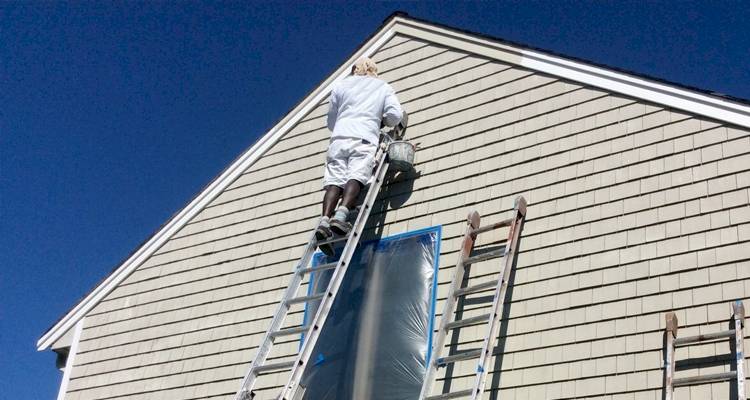
However, smaller patching work costs significantly less, and you can get some plaster repair patches from £50.
How to Paint a House
We're going to explore the steps taken to paint a house in the following different ways:
Exterior
It's actually recommended that you repaint the exterior of your home every ten years to maintain the same standard as the weather and elements impact your home.
Firstly, the exterior of your home must be cleaned to remove any flaking and damaged paint before any new paint can be applied to the brickwork. This can include pressure washing if it's suitable for your walls.
If there is deep-rooted damage between the bricks, you may need to have this re-pointed before any painting work can start too.
After all the repair and preparation work has been completed, the walls will be primed with a specialist exterior undercoat before the main paint is applied. This will dry fairly quickly, then a second coat completes the job.
Interior
The method for painting interior walls isn't too dissimilar to the exterior method, with walls needing to be properly cleaned and surfaced before the painting can commence.
A plasterer will smooth the walls to repair any damage. If you have any newly plastered walls, your painter will follow the usual steps for painting on new plaster, before adding a white primer to the walls, quickly followed by your chosen colour of emulsion.
If there is wallpaper on the walls beforehand, this would need to be fully stripped with the walls cleaned with sugar soap before the repair work could commence.
Skirting Boards
Painting skirting boards is pretty easy, and you have two options. The first is to simply paint over the existing gloss with new gloss to update them.
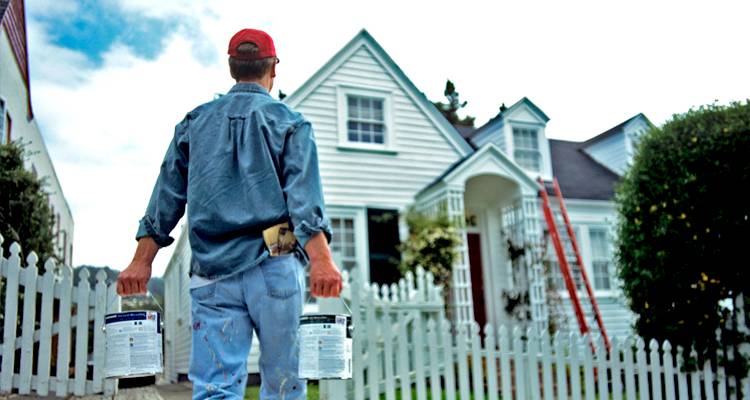
However, for the full job, you would sand the skirting boards down first to remove the layer of gloss before adding your new coat. The latter is more time consuming but offers a much better finish.
How Long Does It Take to Paint a House?
The timescales to paint a hose really does depend on the specificities of the particular home, the work you're looking to have done, and the cost of the materials you opt for. For the exterior of a 3-bedroom, 2-storey home, the work will take between 1-2 days.
For painting a room without any wallpaper stripping or plastering work, it will take around 4-5 hours, but if you add on plastering work and wallpaper stripping, a single room could take up to a day and a half.
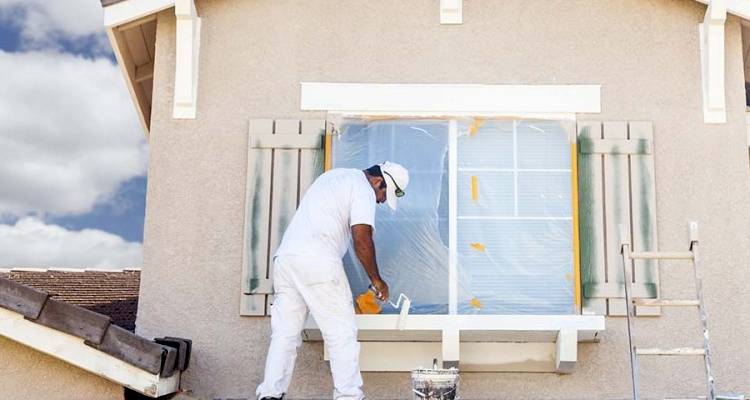
Each room will be different to the next, so for an accurate idea about how long the work will take, ask the contractor during the quote.
Building Regulations & Planning Permission for House Painting
Painting your house doesn't require building regulation approval, and you don't need planning permission to paint your home's interior or exterior unless you live in a listed building or within a conservation area. If you think you may fall in either of those categories, speak with your local authority before you commence work.
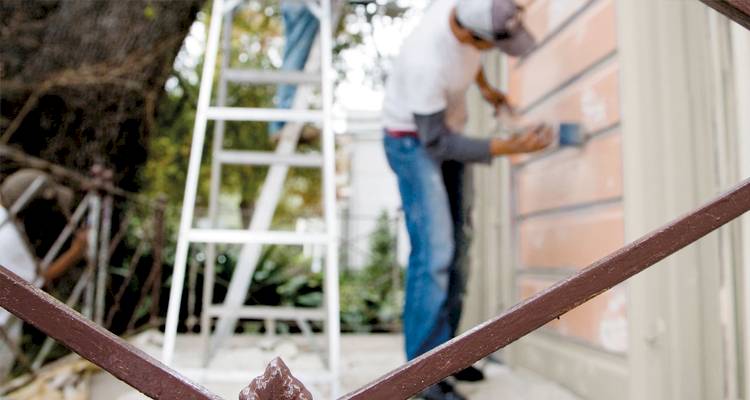
Checklist: What to Ask When Hiring a House Painter
- How much will the work cost?
- How long is the work likely to take?
- Can they foresee any potential problems at first glance?
- Have you been in the trade for a long time?
- Are there any homes in the area that you have completed work for?
- Do you have a portfolio that we could see?
- Are you accredited with any association?
- Do you have liability insurance?

